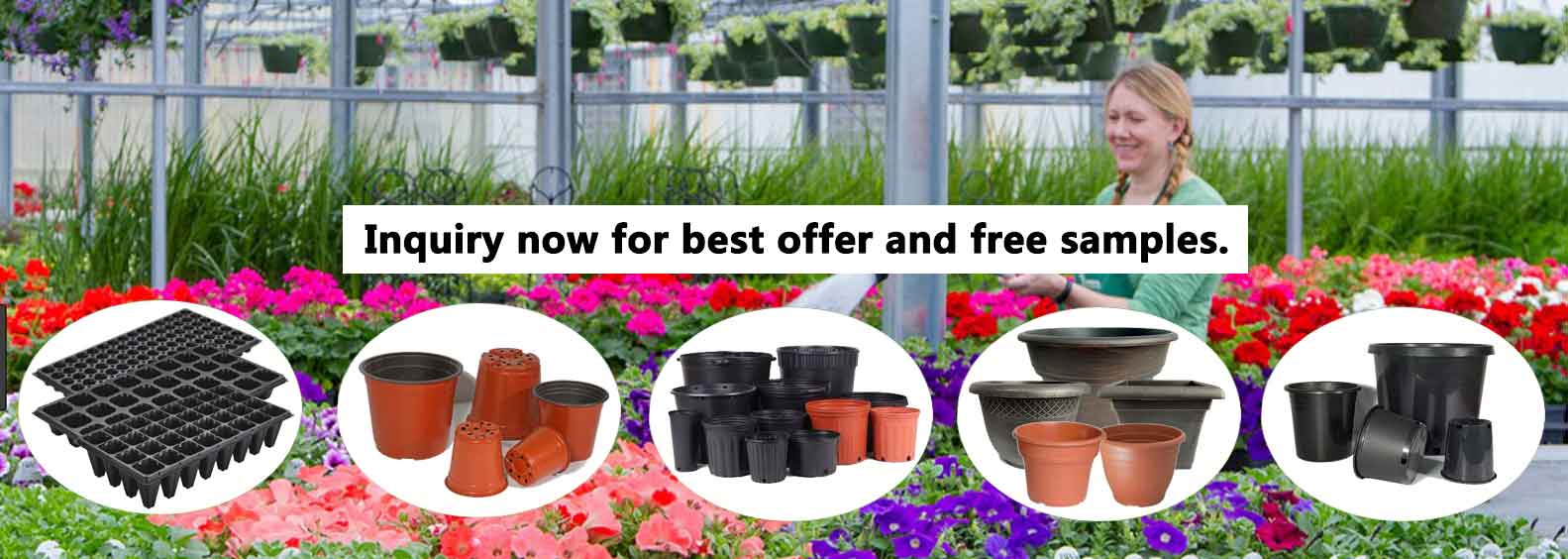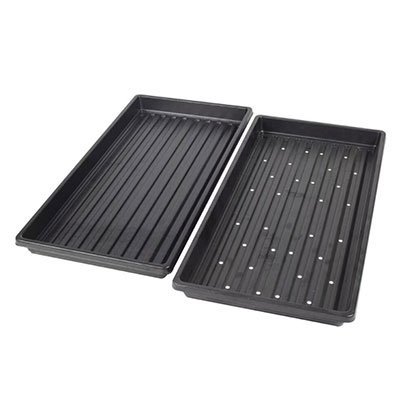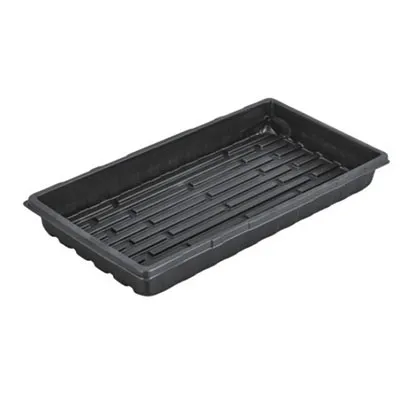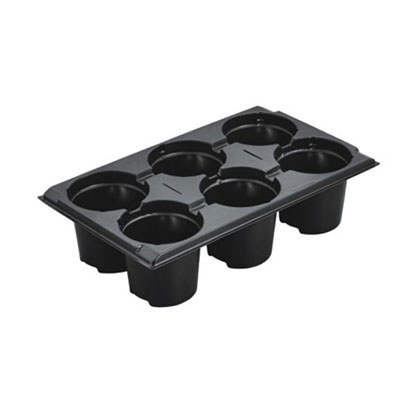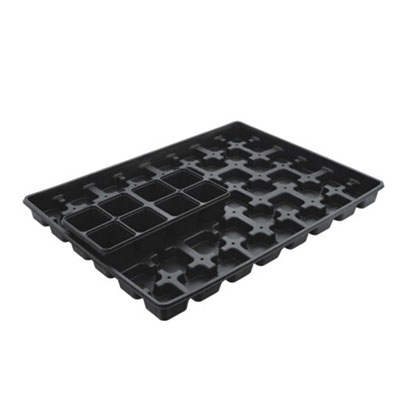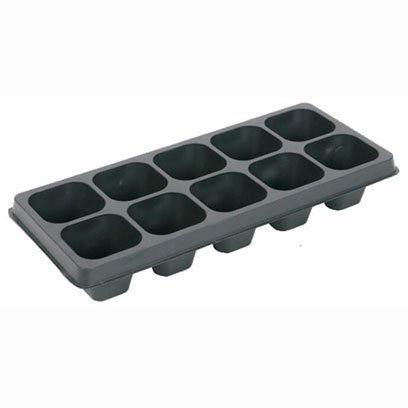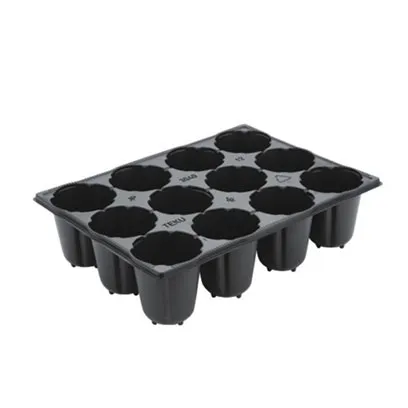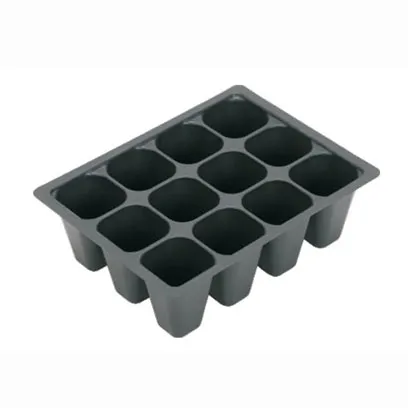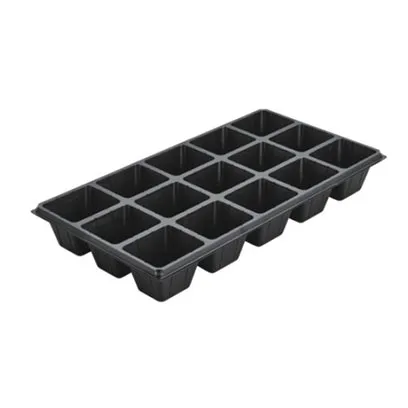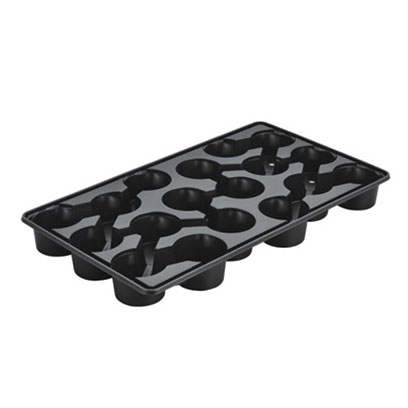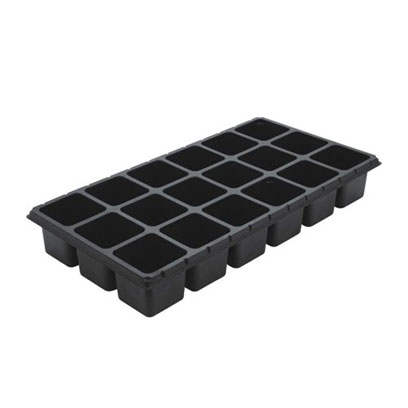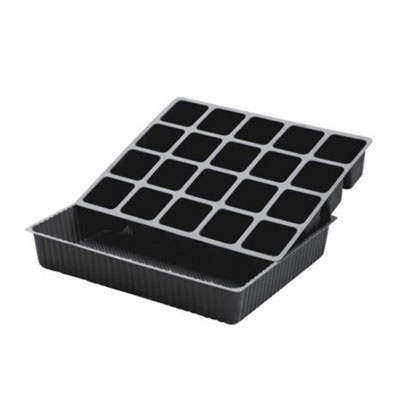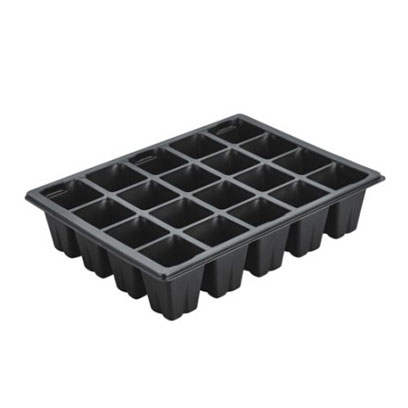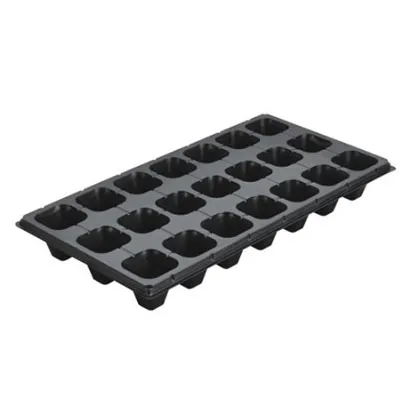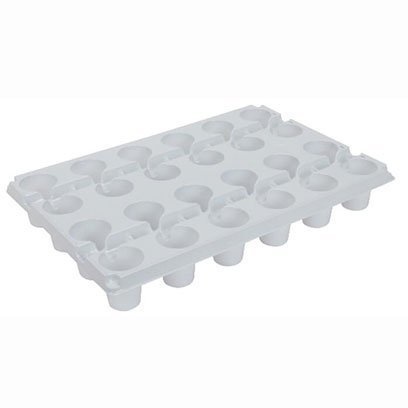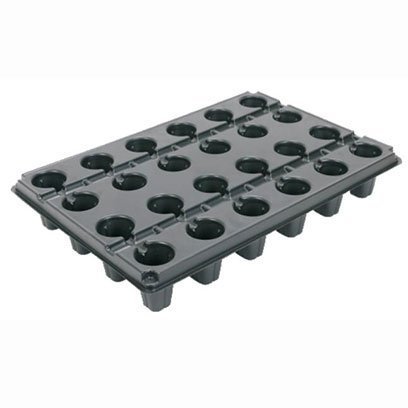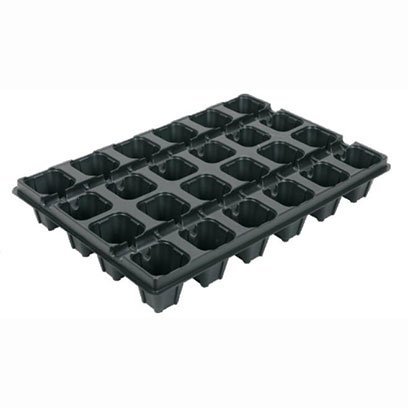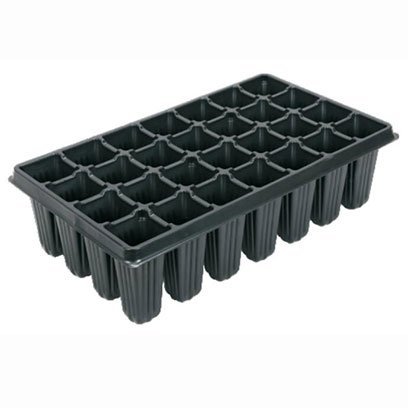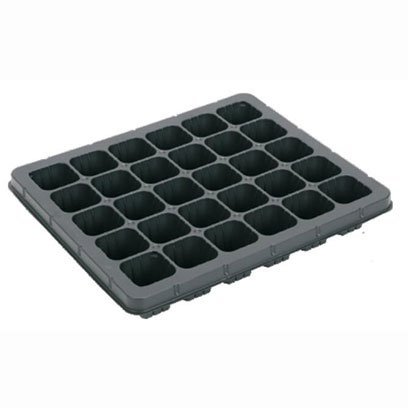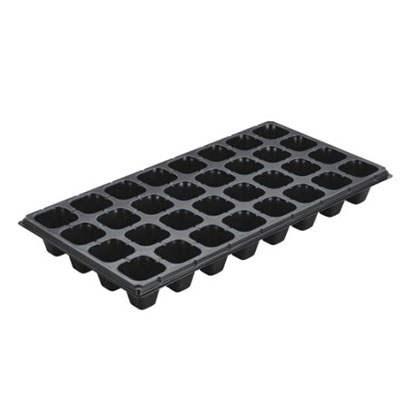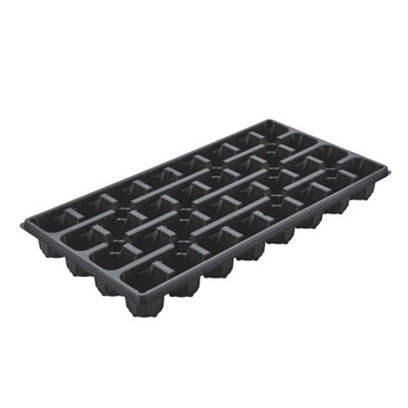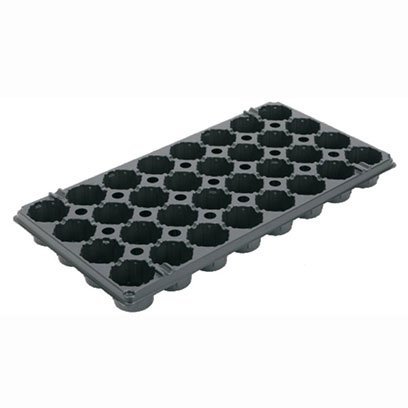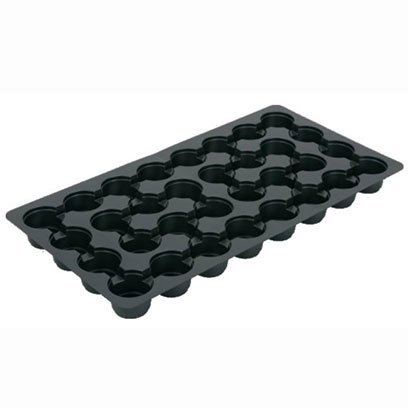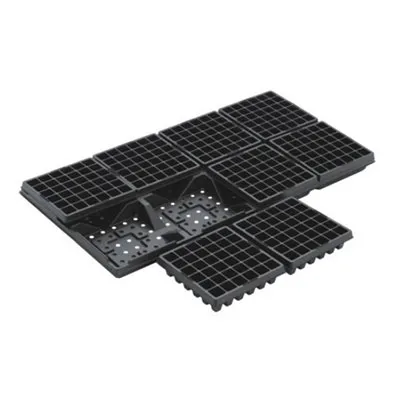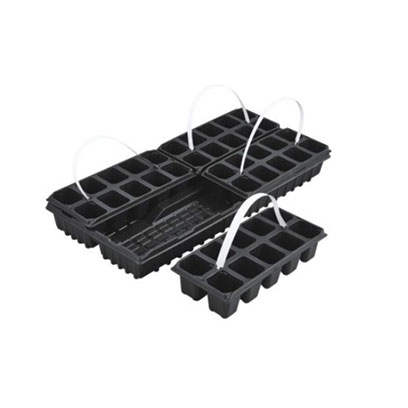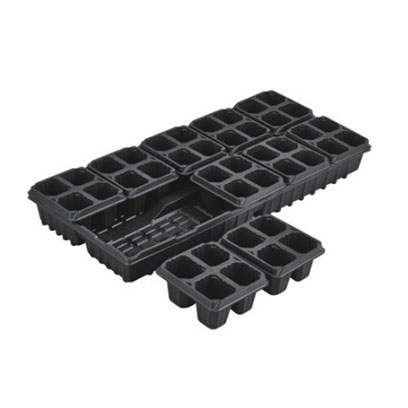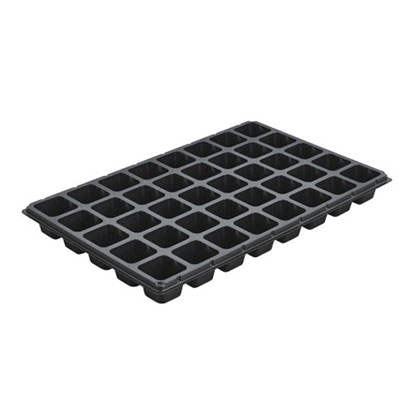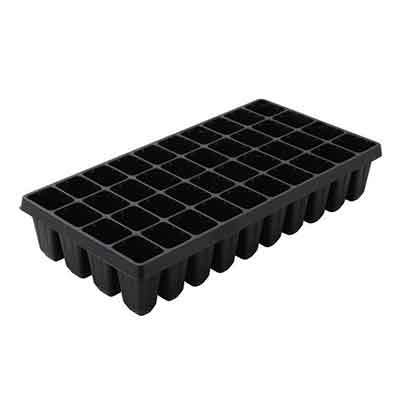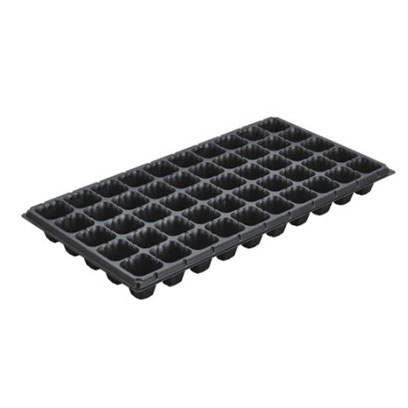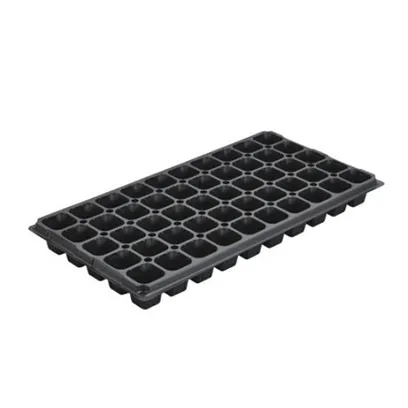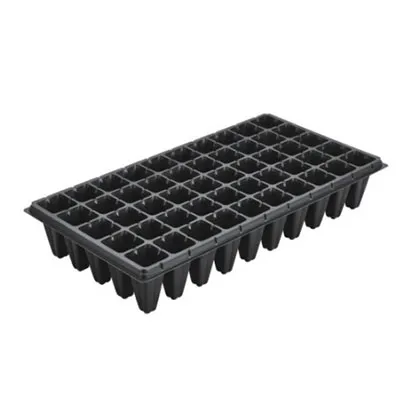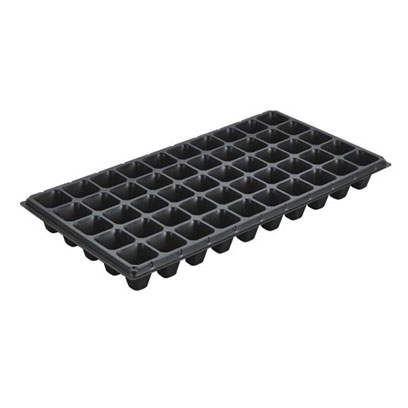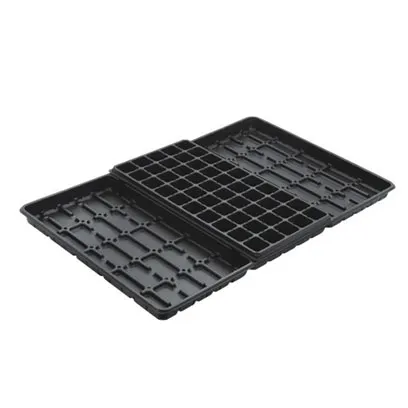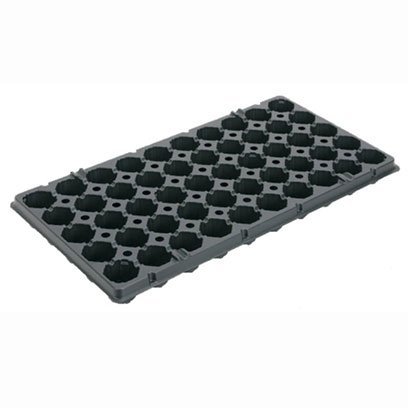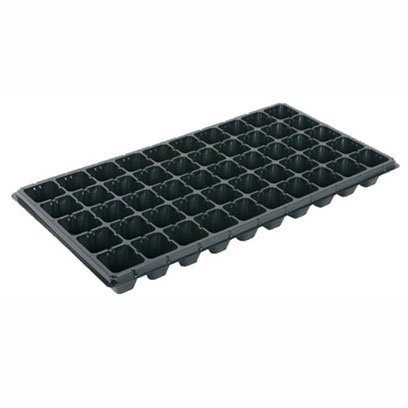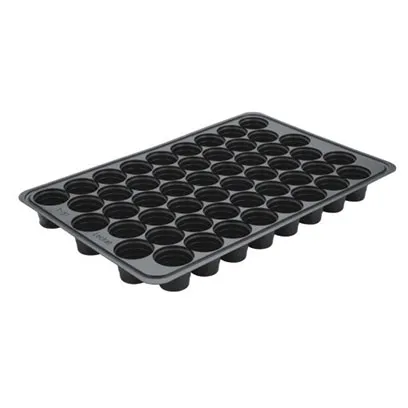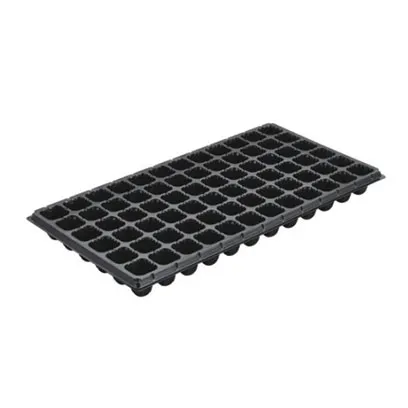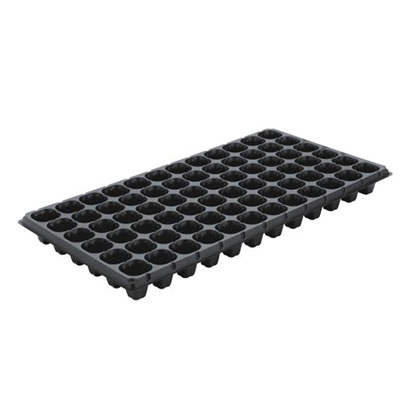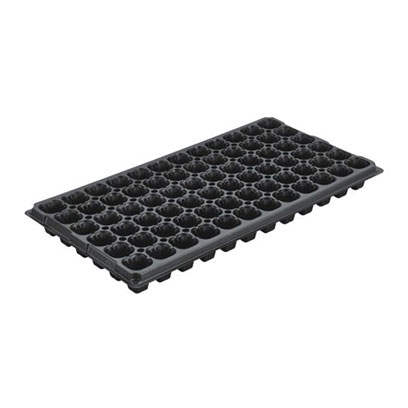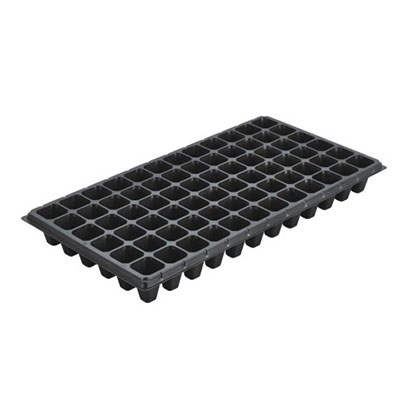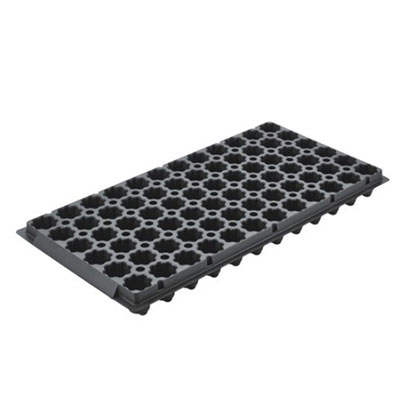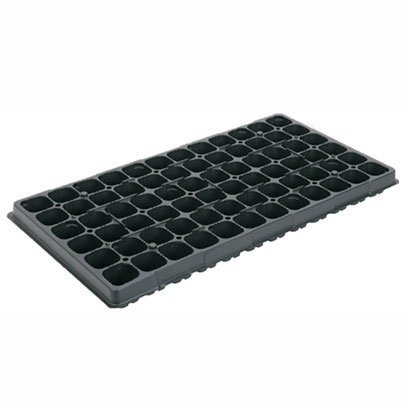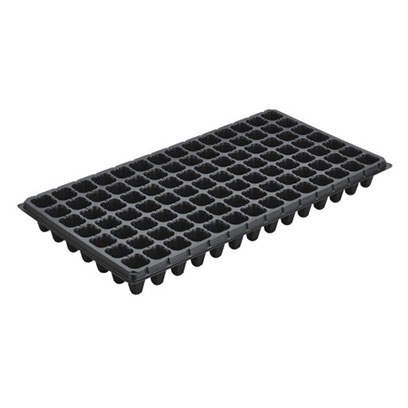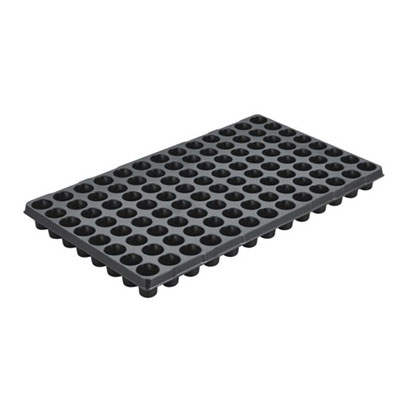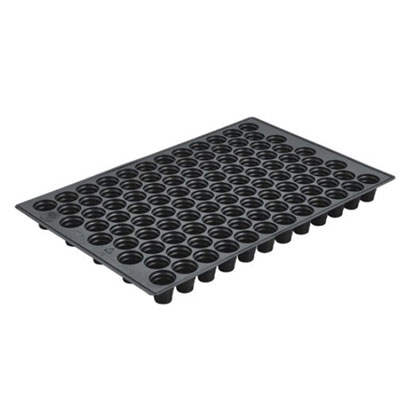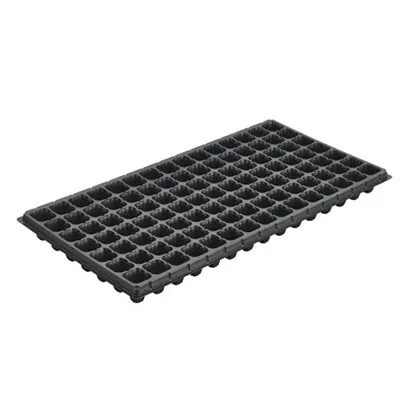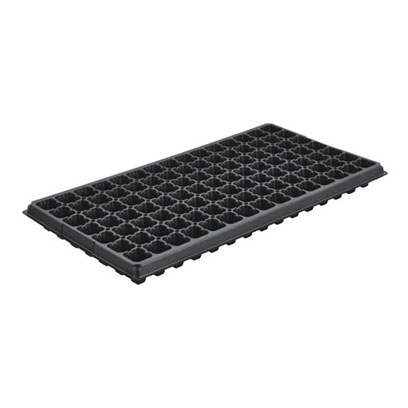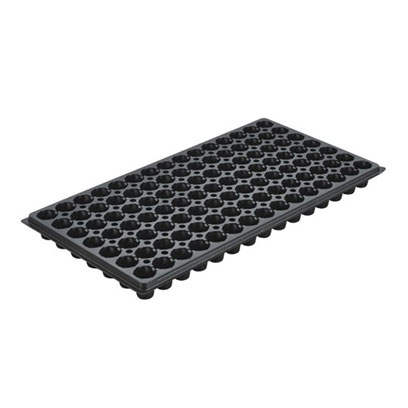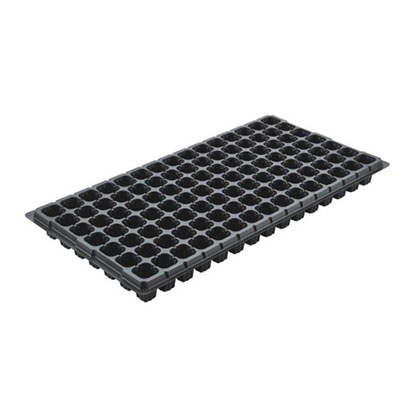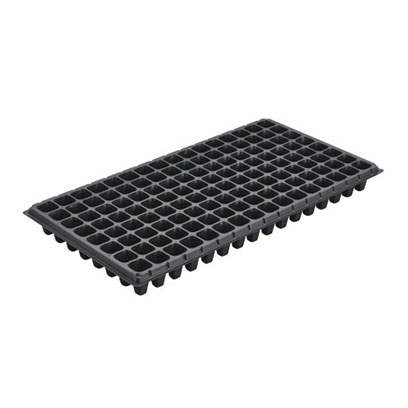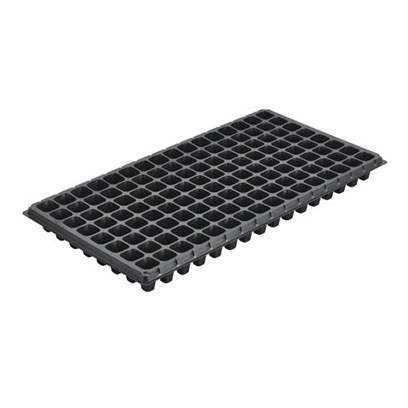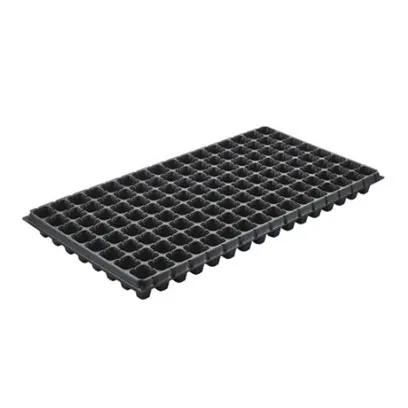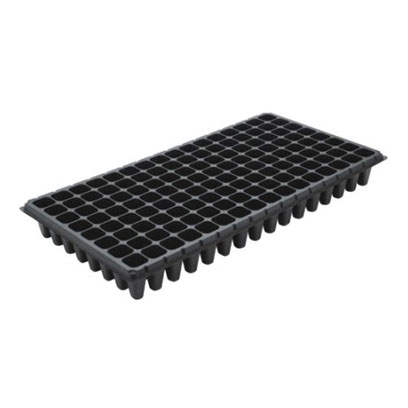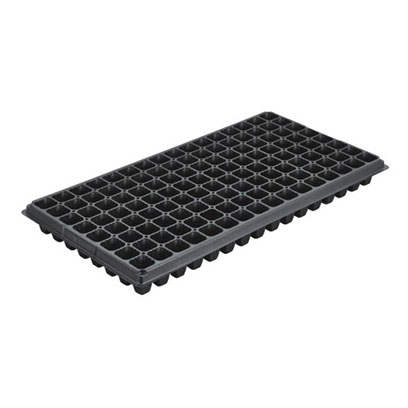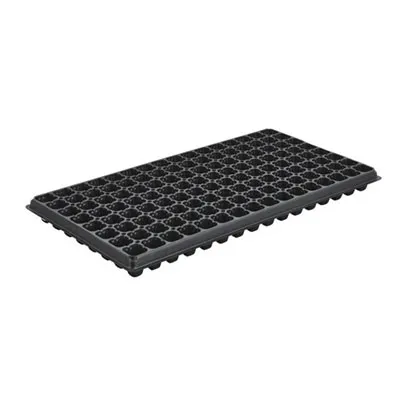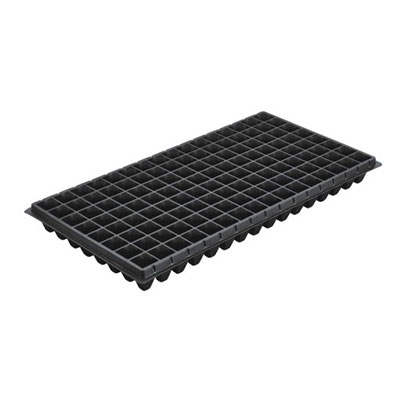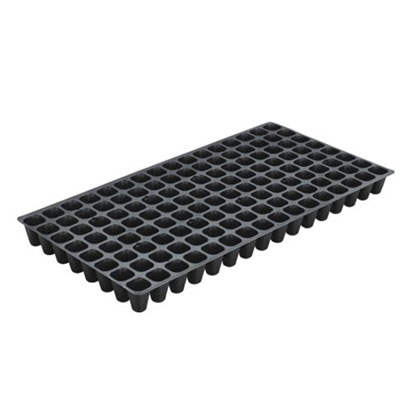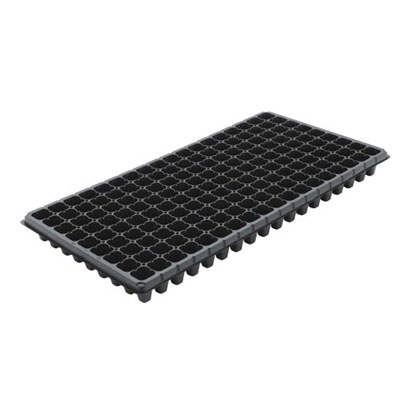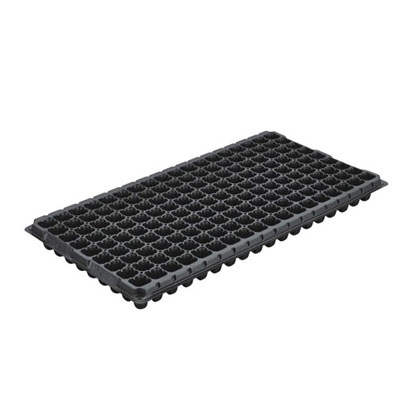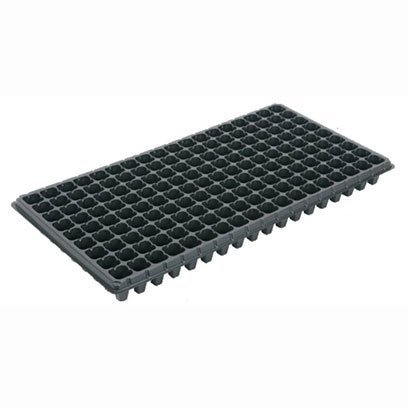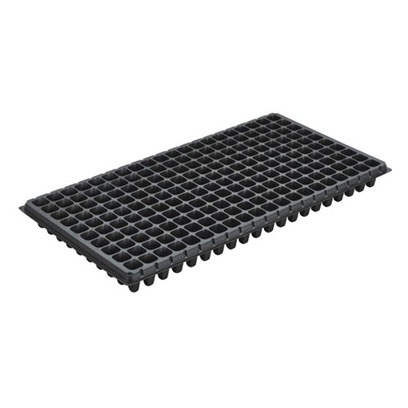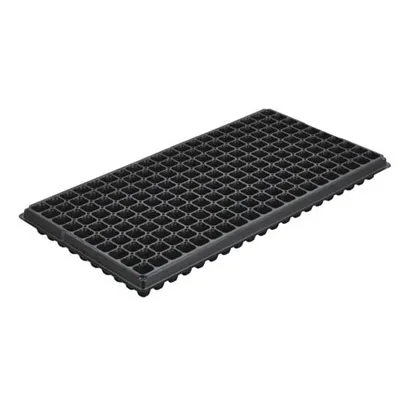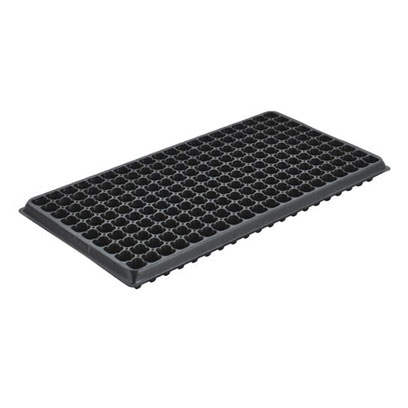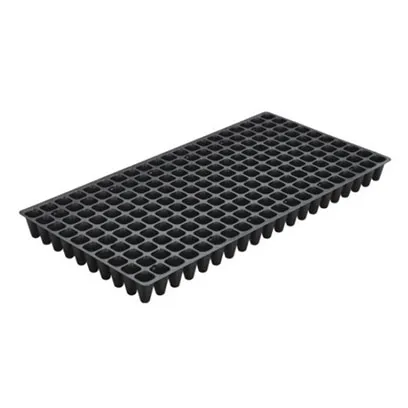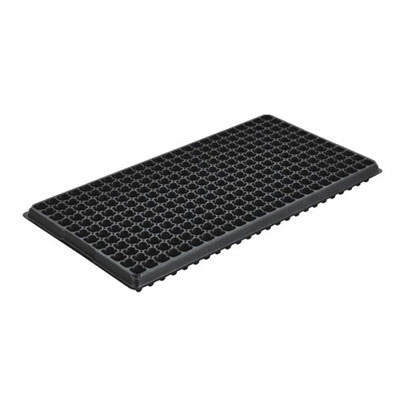Commercial Plastic Seed Trays for Seedlings, Propagation & Nursery Use
Seedling tray manufacturers
Plastic Seed Trays Wholesale MOQ: 5,000pcs, Factory Price, Free Samples, Fast Delivery! We are a professional plastic seedling trays wholesale supplier with more than 20 years of manufacturing experience!
We supply reusable seed starting trays designed for nurseries, greenhouses, and commercial growers. They are made of high quality polystyrene (PS) material. UV-resistant and eco-friendly.
Our nursery seedling trays are ideal for seed starting, rooting cuttings, or growing healthy seedlings. Whether traditional seed trays, deep cell plug trays, or plug trays for propagation, we can meet all your needs.
We also have seed starting trays with dome and seed trays with lids. You can use them for germination in the greenhouse or indoors. You can buy seedling trays in bulk. They are ideal for growing trees, tomatoes, onions, lettuce, sugarcane, etc.
We ship worldwide, such as USA, Canada, UK, Ireland, Australia, NZ, Lebanon, UAE, Qatar, Kuwait, Saudi Arabia, Bahrain, Jordan, Oman, Trinidad, Jamaica, Barbados, Colombia, Ecuador, Brazil, Chile, Peru, Argentina, Malaysia, Thailand, Vietnam, Indonesia, philippines, Pakistan, Bangladesh, Sri Lanka, Singapore, Japan, South Korea, France, Germany, Spain, Portugal, Belgium, Netherlands, Italy, Poland, Serbia, Greece, Romania, Turkey, Cyprus, Egypt, Kenya, Uganda, Sudan, South Africa and many other countries.
Plastic Seedling Trays Product Parameters
✅ Thickness: The standard thickness is 1.0 mm, about 155 grams. More thicker or heavier means the trays will be stronger to increase their life span. Our nursery trays thickness range is 0.8 mm-1.5 mm thickness.
✅ Depth: Our plastic seed trays standard cell depth is 3.7cm - 6cm. We also have deep root seed starting trays for fruit trees and young plants which need deep depth. The height of these trays is 6.5cm to 13cm.
In an appropriate range, the deeper the seed starter trays is, the greater the amount of oxygen it enters. This is more conducive to the extension of plant roots and the absorption of water. So the root growth is better.
✅ Hole Shape: The holes are mainly divided into square holes and circular holes. For the same specification of the plastic seed trays, square holes generally contain about 30% more growing medium than round holes. The water distribution is more uniform. The root system of the seedlings is more sufficient.
✅ Color: In actual production, the common colors are mainly black, white and gray. Our black seed planting trays are anti-aging, long service life, wide application and shading.
✅ ODM or OEM: Color, shape and sizes can be customized to meet your best seed starting trays requirement. We can also make different thickness and weight. If you want your own Private Label, please send us the label or logo you want to print on the plastic nursery trays. We will proofing for you.
Common Applications
Our plastic propagation trays are ideal for:
✅ Commercial vegetable and herb growers.
✅ Greenhouse seed starting operations.
✅ Nursery propagation of flowers and ornamentals.
✅ Hydroponic seed germination setups.
✅ Plug tray transplanting and automation systems.
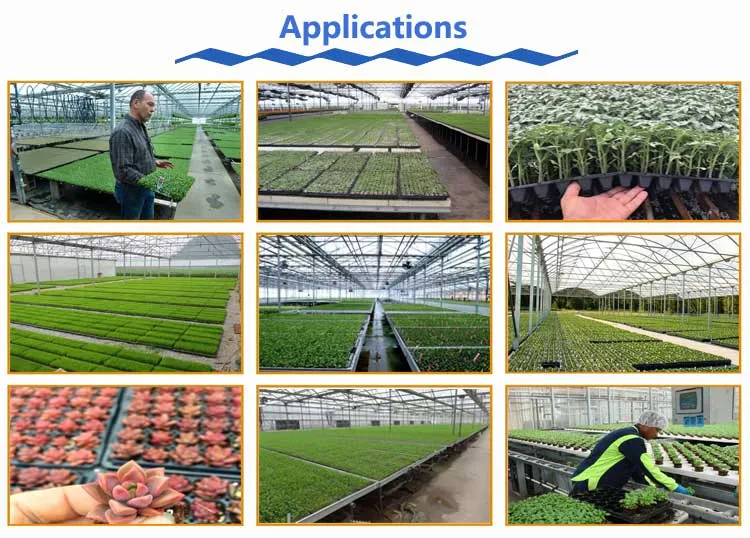
Why Choose Our Plastic Seed Trays?
✅ Heavy-Duty Construction – Made from durable PS plastic for repeated use.
✅ Uniform Cell Design – Promotes consistent germination and root growth.
✅ Excellent Drainage – Engineered with precision drainage holes to prevent root rot.
✅ Stackable & Space-Saving – These polystyrene seed trays are easy to store, transport, and organize.
✅ Compatible with Standard Propagation Systems – Our seed plug trays can fit heat mats and humidity domes.
Wilson Garden is a trusted supplier for greenhouse growers, horticulture suppliers, and seedling tray distributors. We offer competitive B2B pricing, flexible MOQ, and fast shipping. We can provide free samples for testing.
👉 Contact us today for the best offer and free samples! We will reply within 12 hours!

